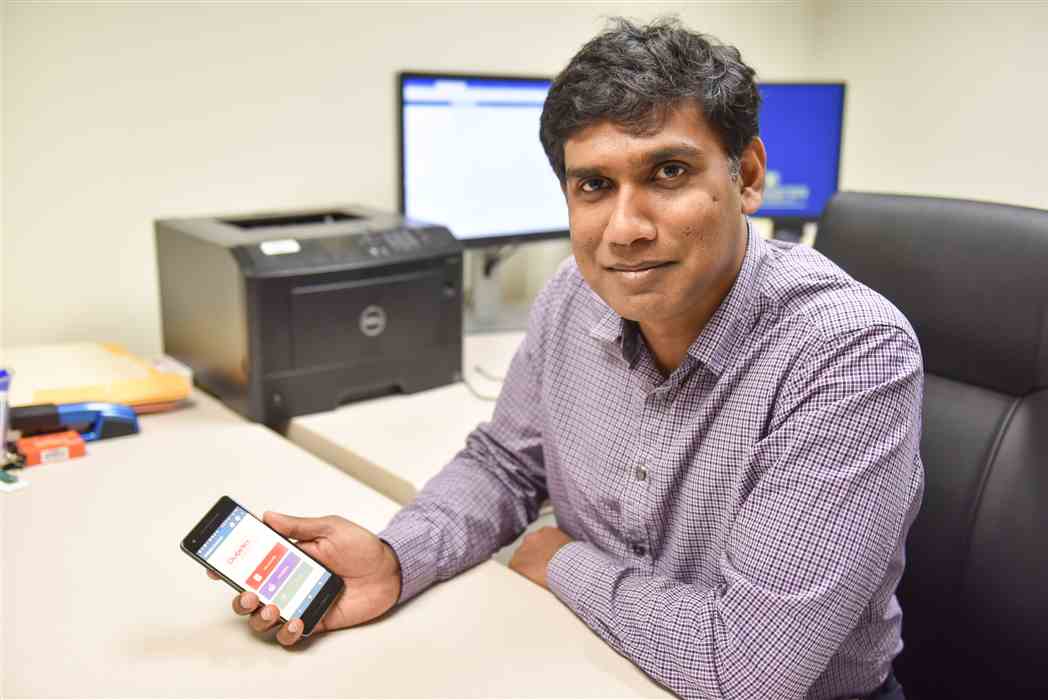Remote Monitoring Using Smart Phones
Talk, East Tennessee State University, Johnson City TN, USA
We now have a unique phenomenon where significant computational power, storage, connectivity, and built-in sensors are carried by many people willingly as part of their life style; two billion people now use smart phones. Unique and innovative solutions using smart phones are motivated by rising health care cost in both the developed and developing worlds. Development of a methodology for building a remote symptom monitoring system for rural people in developing countries has been discussed. Design, development, deployment, and evaluation of e-ESAS is described. The system’s performance was studied by analyzing feedback from users. A smart phone based prototype activity detection system that can detect basic human activities for monitoring by remote observers was developed and explored in this study. The majority voting fusion technique, along with decision tree learners were used to classify eight activities in a multi-sensor framework. This multimodal approach was examined in details and evaluated for both single and multi-subject cases. Time-delay embedding with expectation-maximization for Gaussian Mixture Model was explored as a way of developing activity detection system using reduced number of sensors, leading to a lower computational cost algorithm.
The systems and algorithms developed in this work focus on means for remote monitoring using smart phones. The smart phone based remote symptom monitoring system called e-ESAS serves as a working tool to monitor essential symptoms of patients with breast cancer by doctors. The activity detection system allows a remote observer to monitor basic human activities.
